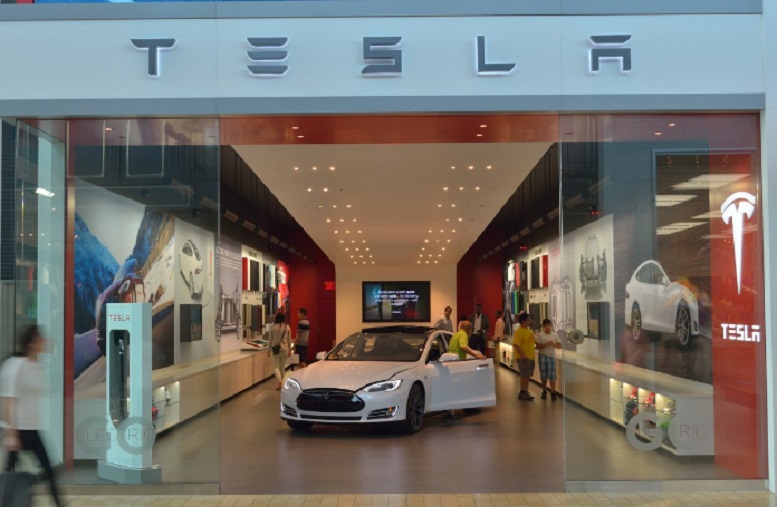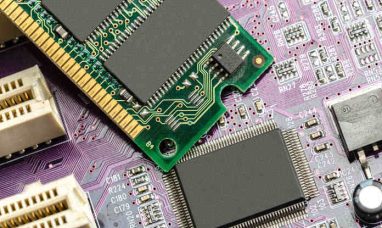Tesla’s (NASDAQ:$TSLA) inventory balance has seen a major increase in the past few month. While this may seem reasonable given its upcoming Model 3 ramp, a further examination reveals a different story.
Taking a look at the company’s most recently filed 10-Q statement for the quarter ending June 30th.
- Raw materials inventory category decreased from $680 million to $558 million
- Work in process increased by $33 million
- Service parts increased by $7 million
- Meaning, the $370 million increase in total inventory is attributed to finished goods
If the company was expecting to produce only a few dozen Model 3 units in June and around 100 in August, why did the finished goods balance rise so dramatically? Even if some of that came from Tesla’s added units of of its older model, Model X units, can that account for all of the increase?
Here’s what Tesla states about its finished goods in its filings.
“Finished goods inventory included vehicles in transit to fulfill customer orders, new vehicles available for immediate sale at our retail and service centre locations, pre-owned Tesla vehicles and energy storage products.”
Using Tesla’s own report, let’s examine this statement.
There was a 1,150 vehicle decrease for this key item from the end of Q1 to the end of Q2, following a 1,8000 unit decrease from the end of year to end of Q1. That means, if we assume that the average selling price of a vehicle is around $100,000, and gross margins are around 25%, each vehicle would cost around $75,000 to produce. Multiplying that by roughly 3,000 vehicles, that equates to $220 million — yet finished goods inventory rose by more than $450 million in the first half of 2017?
Obviously, something is wrong. There is no way to attribute the rise in inventory by saying that the Model X going to showrooms and the service loaner program accounts for the rise. Additionally, Tesla has seen a drop in vehicles in transit, the inventory balance should simply be not rising that fast.
Most likely, Tesla has a lot of unsold vehicles hanging around, which means write-downs will probably continue at a swift pace.
Featured Image: twitter









